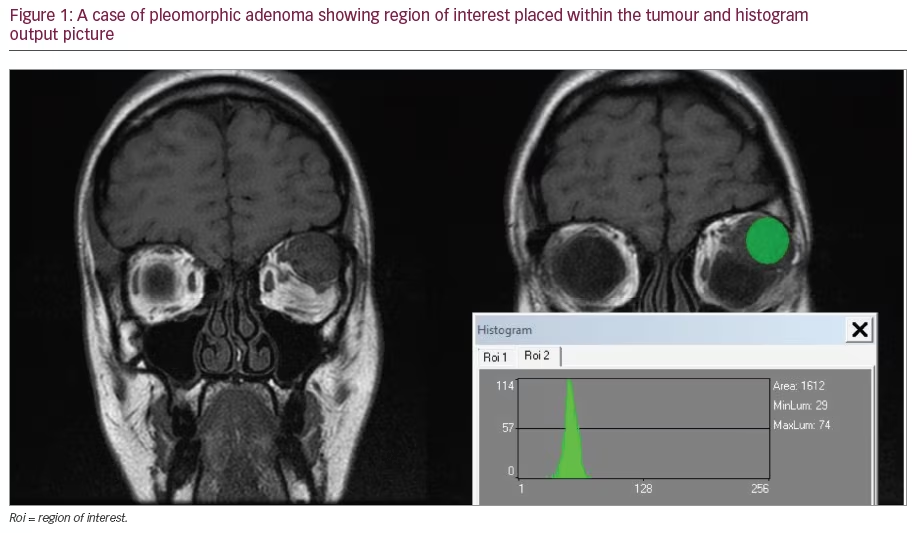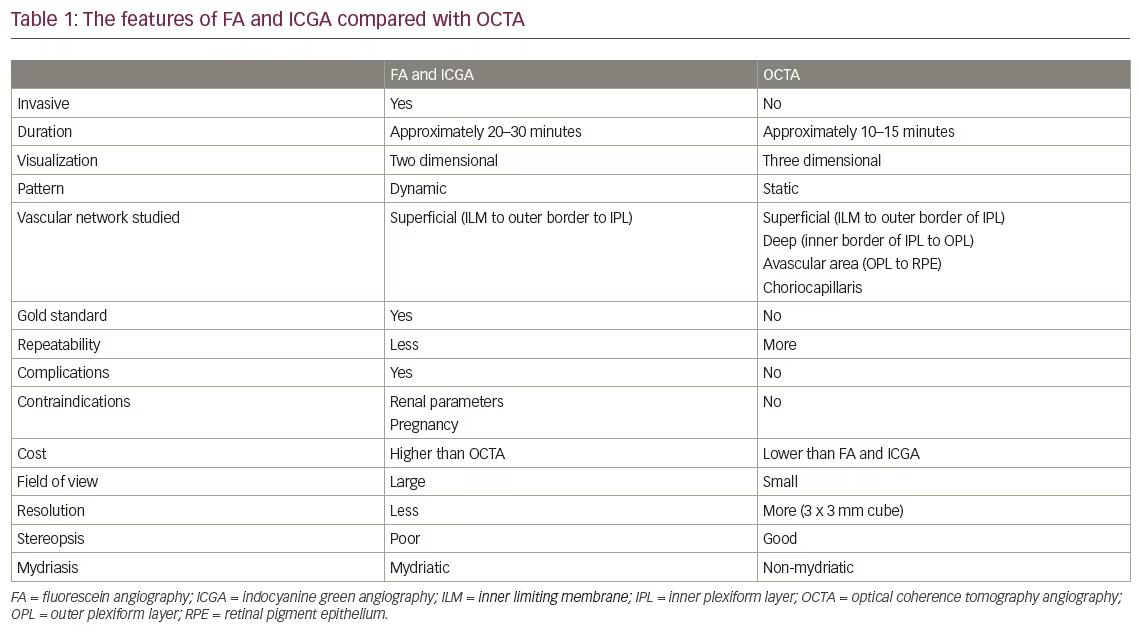The focus of the application of information technology (IT) into healthcare has long been on systems such as patient administration systems (PAS), hospital information systems (HIS), laboratory information systems (LIS) etc., with disease specific systems offering in-depth clinical functionality being rather the poorer cousin when it has come to funding arrangements. While the larger suppliers have focused on the hospital-wide systems above, it has been left to the smaller, perhaps more innovative companies, often with clinical experience within, to develop the disease-specific systems.
The focus of the application of information technology (IT) into healthcare has long been on systems such as patient administration systems (PAS), hospital information systems (HIS), laboratory information systems (LIS) etc., with disease specific systems offering in-depth clinical functionality being rather the poorer cousin when it has come to funding arrangements. While the larger suppliers have focused on the hospital-wide systems above, it has been left to the smaller, perhaps more innovative companies, often with clinical experience within, to develop the disease-specific systems.
This has resulted in a significant number of such companies developing systems to address a specific disease area, usually dictated by the clinical experience involved. Often, these systems have been developed with the needs of a specific clinic in mind, and the suppliers have found that they cannot easily implement their systems across a range of hospital environments with differing clinical practices. Thus, a single hospital could find itself with a number of these ‘departmental’ systems, each addressing a particular disease area need, many not able to integrate with PAS and LIS type systems, and supported by small companies with a limited number of customers. This has resulted in a support nightmare for IT departments, duplication of data and effort, an inability of many of these systems to inter-operate via industry standards (HL7 etc.), and legacy data held in ageing systems with no future development path available.
Meanwhile, precious healthcare IT resources have been busily employed supporting the large, hospital-wide systems, with no time or strategy to answer the needs of clinicians in their day-to-day interactions with their patients. There have been examples where ‘IT-savvy’ clinicians have been successful in battling for funding, but, in general, departmental systems are still not part of a healthcare organisation’s IT strategy. This is indeed a sad fact of life, as there are significant advantages from implementing these systems, including improved productivity (especially in the letter administration and hospital notes areas), more patient-facing time for the clinical team, better sharing of patient data across the clinical team, an improved patient experience and less reliance on ‘hunt the patient notes’ activity. All this is financially quantifiable, and the advantages can easily justify the procurement and implementation costs.
Another significant advantage of these systems is the ability to bring data from a number of sources together in one electronic patient record (EPR). This advantage is specifically applicable to the area of ophthalmology, where a large number of differing modalities is employed to aid the clinicians in diagnostic and monitoring activity. Data and images can be automatically transferred from modalities such as the Heidelberg Retinal Tomograph, the Humphrey Field Analyser and the IoL Master, offering the clinician a single source that holds all required data, and presents it in a meaningful form at the appropriate time in the patient inter-action.
However, the problem of a plethora of disease-specific systems would still remain. This problem has now been addressed by the Vector electronic patient record system from Health Information Systems (UK) Ltd (HISL).
HISL was formed in 2004 as a spin-off from the world-famous teaching hospitals of Guys and St Thomas’ in London. The company has developed, marketed and supported the Vector family of chronic disease management/long-term care EPRs. The core of the Vector product was written within the NHS by a team with over 80 years experience of understanding the needs of clinicians in their day-to-day interactions with their patients. It is the culmination of some 30 years of evolution, from its beginnings as a research tool to the in-depth clinical functionality of today. With many installations in both primary and secondary care in the UK, and implementations in Dubai, Kuwait and Barbados, the ability of Vector to meet a varied selection of clinical requirements, disease areas and environments is well-proven.
Today, Vector offers the in-depth clinical functionality not found in more general hospital systems such as PAS/HIS/LIS, but with the ability to share data with these systems to give a comprehensive EPR. In the past, this indepth functionality has only been available via specialist departmental systems covering a specific disease area, but, with Vetor, is now available across many disease areas, sharing the same clinical database and interacting with other healthcare systems in a seamless manner.
Vector is the multi-disease clinical component of a comprehensive EPR approach. Vector is a multi-disease EPR platform with versions currently covering diabetes management, diabetic retinopathy screening, sickle cell, lipids, ophthalmology (cataract, glaucoma, vitreo retinal, orthoptics, low vision, primary care, medical retina), hypertension and urology (bladder, prostrate and testicular cancers) from a single patient database. Other areas under consideration include renal disease and dermatology. Although the core system remains the same, thus giving certainty to the areas of support and maintenance, Vector is configurable to match local clinical practice, making its use intuitive across the whole care team.
Vector is built around visit types, specific to each speciality within the care team, e.g. consultant visit, nurse specialist visit, patient lists for
data capture from specific modalities etc. Each visit type contains a number of screens, the sequence and content of which can be tailored to meet local clinical needs, while sharing applicable data across the whole care team. This data can also be accessed, where relevant, by care teams from other disease areas that share an interest in the same patient, increasing clinical efficiency and reducing duplication and the potential for errors. This also encourages conformity of clinical approach and the evolution of best practice.
A good example of this sharing of data across different disease areas is with diabetic retinopathy screening. Under National Screening Committee guidelines, Primary Care Trusts must now hold a register of all people diagnosed with diabetes in their area, and offer regular retinopathy screening to those patients. The information thus captured, including digital images of the eyes, is of immense interest and use to diabetes healthcare teams based at the local acute hospital, and the retinal screening programme also needs to refer patients with certain levels of disease to specialists within the ophthalmology department of the local acute hospital. Therefore, there is a need for information to be shared across primary and secondary care, and also across departments responsible for differing disease areas, but looking after the same patient. Vector offers this depth and breadth of clinical capability from a single database, as long as a suitable IT infrastructure is in place.
HISL is implementing the largest diabetic retinopathy screening programme in England in Greater Manchester. Covering nine Primary Care Trusts, and some 100,000 diabetic patients, the system collects digital images of the eyes through a mixture of fixed and mobile cameras, including cameras based at over 100 high street optometrists. Images are graded for disease according to National Screening Commitee (NSC) rules incorporated into the Vector software, and appropriate management decisions made. These can vary from placing the patient for automatic recall for screening in 12 months’ time, to an urgent referral to the acute ophthalmology department. Vector contains a module whereby medical retina teams at hospitals such as Greater Manchester Eye Hospital can record the outcomes from further examinations, and make informed decisions regarding that patient’s appropriate care pathway (e.g. referral to Glaucoma clinic, etc.).
The Vector system is IT platform independent, making it suitable for implementation in many different IT environments, and has a link engine, enabling communication with other healthcare systems such as HIS, Pathology etc., using a number of methodologies including HL7 and extensible markup language (XML). Another important feature is the inbuilt, wizard-driven query engine, enabling end-users to produce their own reports without in-depth knowledge of data structures.







